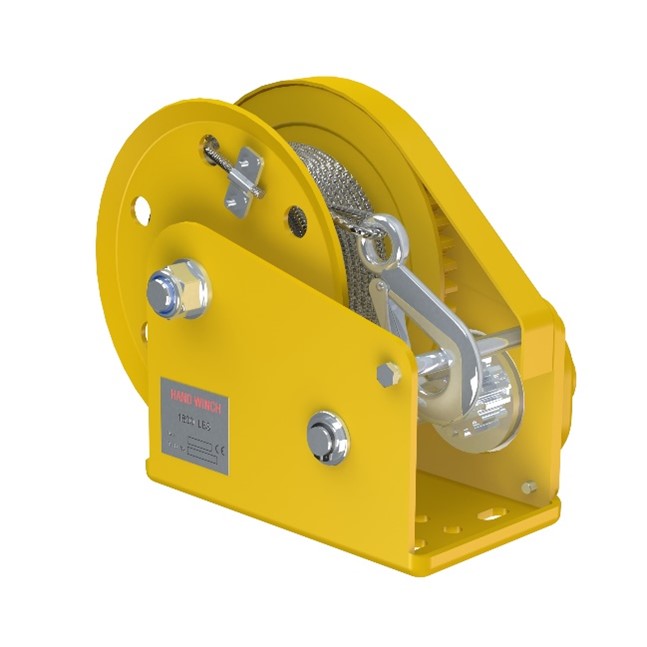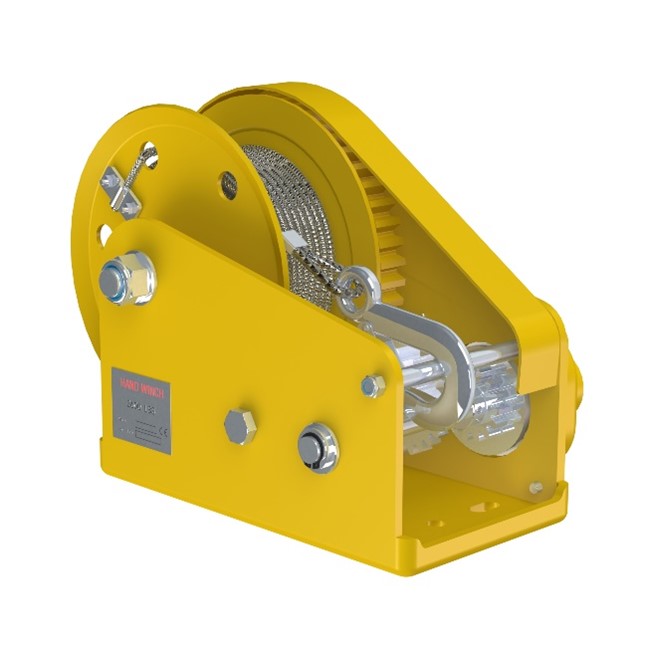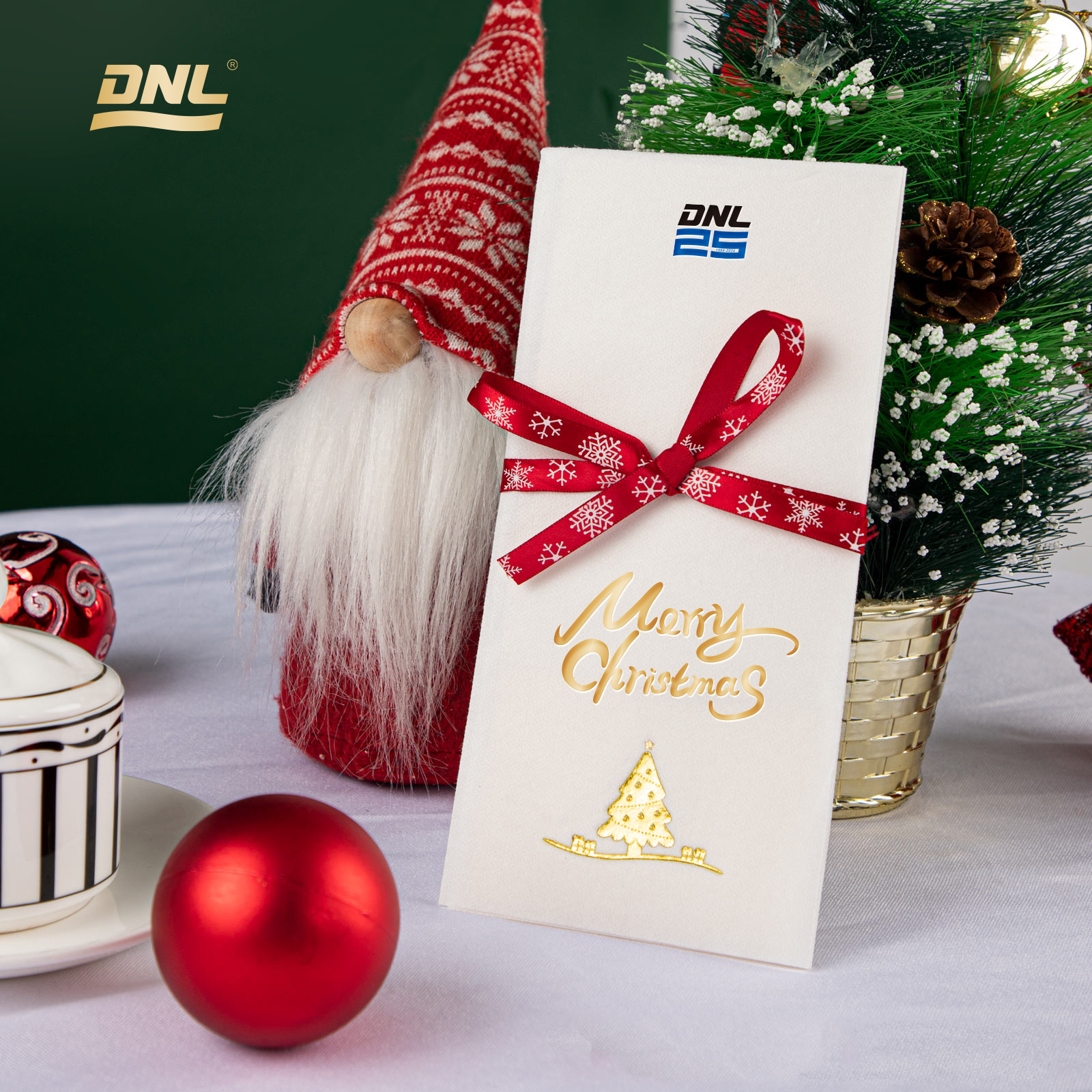Have you ever wondered how laborers at construction sites lift, pull, and drag around 3,000 pounds of weight to the top floor without a drop of sweat? Or how heavy lifting seems like a piece of cake for manufacturers? Well, their secret lies in the manual winch, the mechanical tool engineered with the absolute power to lift or pull such weights effortlessly.
These indispensable tools can be seen at construction sites, farms, boats, and vehicles. But aren’t electric winches more efficient and reliable than these manual ones? Well, it’s a valid point, but manual winches stand out from their hydraulic and electric counterparts for some solid reasons. If you’re curious about knowing more about manual winches, read this article till the end.
Significance of Manual Winches
The history of winches for lifting can be traced back to the 18th or 19th century, originating as simple drums and wires. Since then, they have evolved significantly and hold importance across virtually every manufacturing sector today. In this discussion, we highlight three of the most prominent sectors where their impact is undeniable.
- Construction Sites
In construction, manual winches are key for lifting or moving stuff like materials, equipment, or workers in factories, warehouses, or building sites. These tools help pull heavy things, such as steel beams up to the top floors of buildings. This makes the building process smoother and safer without needing complicated machines.
- Maritime Applications
Wire rope winches are also essential in the maritime world. They’re used for jobs like putting boats, jet skis, or kayaks into the water or taking them out. On boats, they help raise or lower sails, anchors, or fishing nets. They give the strength to move heavy things around, like tying up boats or handling cargo containers, pallets, or crates.
- Emergency and Rescue Operations
Manual winch can be seen in emergency and rescue operations by offering a reliable solution when electrical power is unavailable. These winches are utilized for vehicle extrication and facilitating rescues in challenging terrains. They can also be used to rescue or retrieve trapped or injured workers in confined spaces.
What are Manual Winches and Their Main Components?
Manual winches are mechanical devices designed for pulling or lifting heavy loads with minimal effort. They operate through a simple mechanism that involves a hand crank and a drum, where a rope or cable is wound. The core components of a manual winch include:
- The handle or crank provides the manual force.
- The drum is where the cable or rope is stored.
- The gear assembly amplifies the force applied.
- The locking mechanism maintains the tension and secures the load in place.
Now, we have raised the question of why electric winches are not as significant as manual winches for two reasons. It’s simplicity and cost-effectiveness. These two things make them a preferred option over their electronic counterparts.
A manual winch does not require a power source, making it ideal for remote locations. Additionally, their elegant design and operation reduce the likelihood of mechanical failure, ensuring reliability and longevity.
How Manual Winches Work?
Manual winches operate on a straightforward principle that transforms manual effort into mechanical advantage. The primary working mechanism begins with the user turning the handle or crank, which rotates the drum around which the cable or rope is wrapped. As the drum spins, it winds the rope, either pulling a load towards the winch or lifting it upwards.
The gear assembly in this process helps multiply the force the user applies, making it feasible to move significantly heavier weights than would otherwise be possible through direct physical effort alone. This mechanism is designed with user-friendliness in mind, ensuring ease of operation.
Best Manual Winches in the Market Today
Navigating through 100s of manual winches available in the market today can be difficult. That’s why below we have mentioned two of the best manual winches by DNL that you can consider with closed eyes:
1- MC1800C
If we’re discussing manual winches, it’s hard to overlook the offerings from DNL. They bring the MC1800C manual winch to the market, a standout for its robust durability and strength. Capable of managing loads up to 1800lbs (816.4kg), this model has become a reliable tool for various applications.
Its 5.0/1 gear ratio ensures a perfect blend of speed and power, facilitating efficient and smooth operations. Additionally, the MC1800C is equipped with a 50mm x 10m cable, providing the length and strength needed for diverse tasks.
2- MC2600C
And the second perfect option in the lineup is the MC2600C manual winch. This model can pull 2600 lbs (1179.3kg) of workload capacity. Like its counterpart, the MC2600C features a gear ratio of 5.0/1. It also comes with a 50mm x 10m cable, providing the necessary length and durability for various tasks.
Additionally, its yellow powder-coated finish enhances its durability against wear and corrosion. With a net weight of 8.1 kg, the MC2600C combines robustness with a user-friendly design, making it another top choice for those seeking reliable manual winching solutions.
Conclusion
Manual winches are overlooked tools that boast an astoundingly huge application. It is important to note that winches vary greatly in quality. So, for those seeking superior manual winches, DNL provides options that exceed standard expectations in both performance and durability.







